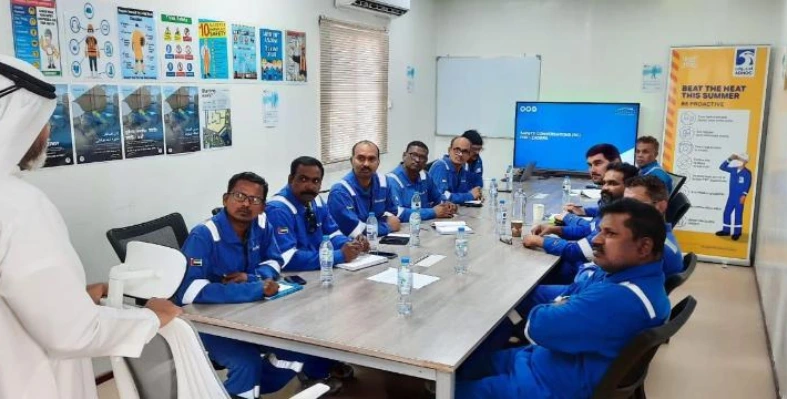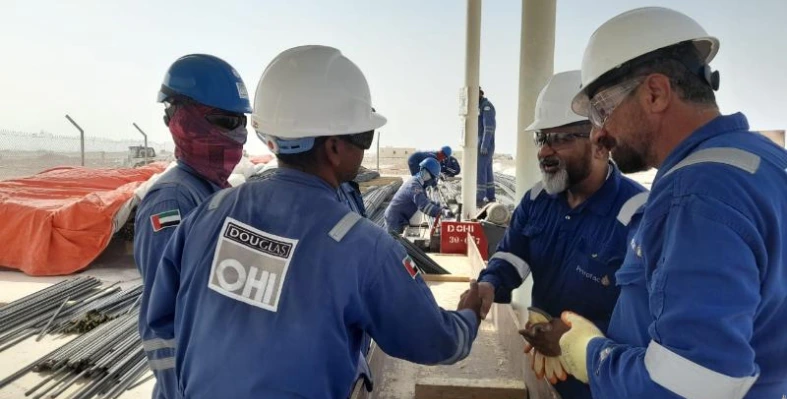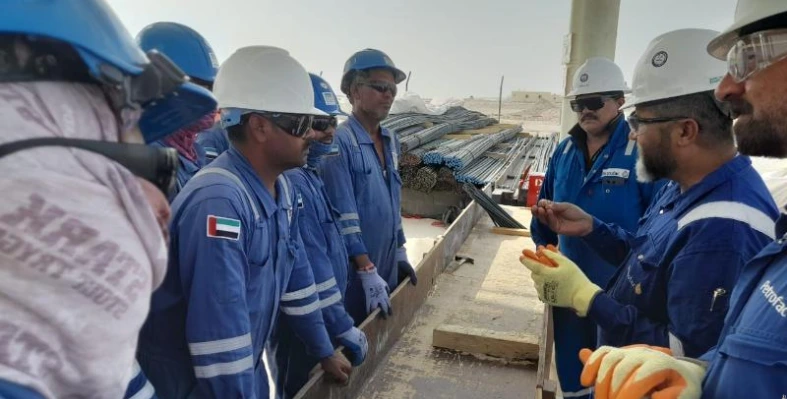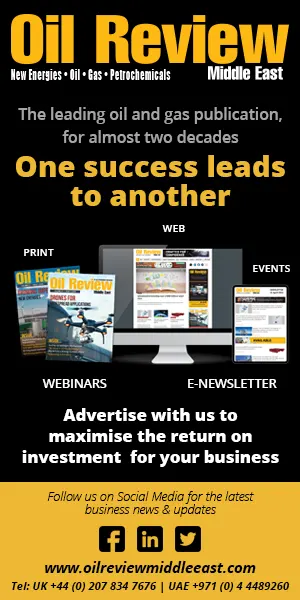The UAE Ministry of Community Empowerment has issued a ministerial resolution announcing the official establishment of the Safety and Emergency Security Association, designed to promoting a culture of safety and enhancing community readiness in the face of emergencies
The association, which will be headquartered in the Emirate of Sharjah, is the initiative of a group of distinguished national experts with extensive experience in safety and emergency security and stems from a belief in the importance of collective action and cross-sector collaboration to promote prevention, safety, and empowerment across various fields.
The association is set to play an important role in raising public awareness of safety concepts and preventive measures. This will be achieved through awareness campaigns and activities aimed at various segments of society across all age groups. It will also target non-Arabic and non-English speakers who might struggle to access safety information due to language barriers, with dedicated training in their languages, and multi-lingual information.
In addition, it will offer specialised training programmes to develop skills in safety and emergency preparedness, a key initiative being to train fresh graduates interested in this area. It will strengthen collaboration with government, academic, and private entities to expand strategic partnerships—ultimately enhancing the community’s readiness to respond to emergencies.
The launch of the association coincides with the announcement by His Highness Sheikh Mohamed bin Zayed Al Nahyan, President of the UAE, designating 2025 as the “Year of Community” under the theme “Hand in Hand.” This national initiative aims to strengthen social bonds and community cohesion, instill values of cooperation and belonging, preserve cultural heritage, and encourage active participation through community service, volunteering, and impactful initiatives—all of which reinforce a culture of shared responsibility and drive collective progress.
The association will emphasise the importance of teamwork and shared responsibility across sectors to enhance prevention, promote safety, and empower communities.
"Safety and security are not limited to environmental disasters. A disaster can take many forms, environmental or health-related," said Haitham Mohammed Al Raeesi, the association's Chairman and Manager, Emergency, Crisis & Business Continuity at Dubai Municipality.
"Our role is to raise awareness among individuals on how to act in emergencies, whether it's a fire or a personal crisis. As a non-profit organisation, our goal is to build an informed community."











